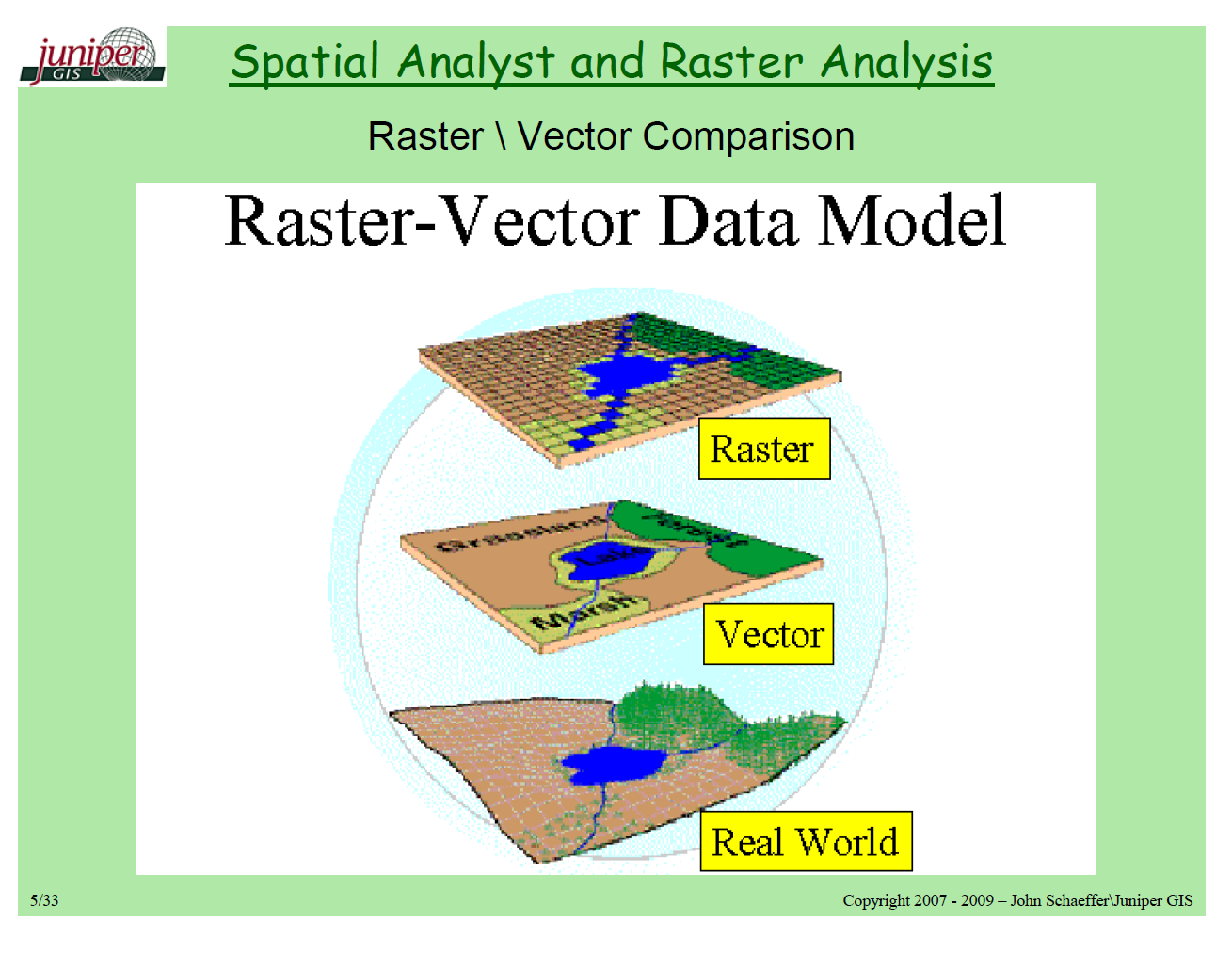

grd part of the output (the data are in a.
RASTER FORMAT IN ARCMAP SOFTWARE
The console response will describe what's in the. ArcGIS Data Interoperability Supported Formats ArcGIS Data Interoperability Pricing + Requires application software to be installed GML (simple features profile) reading/writing and WFS connections are enabled without licensing the extension, but installation is required. grd version, use writeRaster, as in writeRaster(r, "G:/USGS/DEM/7_5min/VA/albem_s1.grd") In R, load the raster and rgdal packages, then read the raster using the raster function, as in r <- raster("G:/USGS/DEM/7_5min/VA/albem_s1.txt") In Arc*, use the Raster to ASCII tool (found in Conversion Tools|From Raster) to export a grid in ASCII format. You can read the Arc* grid dataset directly using the same approach described here: simply reference the folder in which the grid datafiles lie in the raster command.

rows and columns, number of bands, actual pixel values, and other The raster type is specific to particular products, such as satellite sensors or commercial data formats that go beyond a file format. Raster vs vectorīoth types of data are very useful, but there are important differences.A more convenient solution for reading is provided by elsewhere in this thread. In ArcGIS, there are two ways to work with raster data as a raster dataset and as a raster type. The vector version can also store additional context information about these features – the attributes – a very important aspect. To reproduce the building in a GIS the computer reads these values and draws a line linking the coordinate positions.
RASTER FORMAT IN ARCMAP SERIES
The position and shape of a building is captured as a series of four pairs of numerical coordinates. An area is defined in a similar way, only with the first and last points joined to make a complete enclosure.A line is defined by a sequence of coordinate pairs defining the points through which the line is drawn.A point is defined by a single pair of coordinate values.The features are recorded one by one, with shape being defined by the numerical values of the pairs of xy coordinates, so that: Vector data can be thought of as a list of values. To reproduce the image the computer reads each of these cell values one by one and applies them to the pixels on the screen. The major use of raster data involves storing map information as digital images, in which the cell values relate to the pixel colours of the image. A value is stored in each of these cells to represent the nature of whatever is present at the corresponding location on the ground. The entire area of the map is subdivided into a grid of tiny cells, or pixels. Raster data can be thought of as being similar to a digital photograph. These numerical values can be used to translate map information into digital form, in both vector and raster formats.


All locations and shapes can be defined in terms of x and y coordinates from a given grid system. These numbers refer to coordinates from the British National Grid. Look at Ordnance Survey (OS) paper maps and you will notice, along the sides, there are a series of numbers associated with a grid covering the whole map area. 3:08 Convert the NetCDF layer to CRF using the Copy Raster tool. 2:45 Interacting with the multidimensional tab. 2:31 The NetCDF multidimensional raster layer is in the map, with all the right properties. These coordinate systems can be local, national or international. 1:25 The demo begins Add a multidimensional NetCDF, HDF, or GRIB file to Pro. Coincidentally maps reference geographical locations on the earth's surface through a system of coordinates.
RASTER FORMAT IN ARCMAP CODE
Computers store information in sequences of binary digits (bits), which form a code for every possible number or letter.


 0 kommentar(er)
0 kommentar(er)
